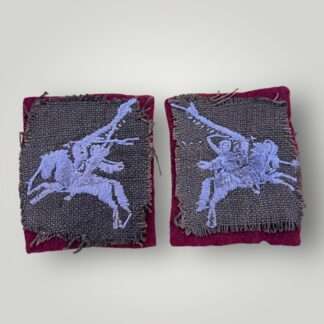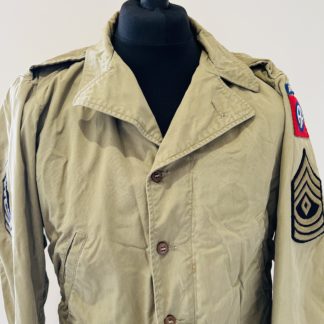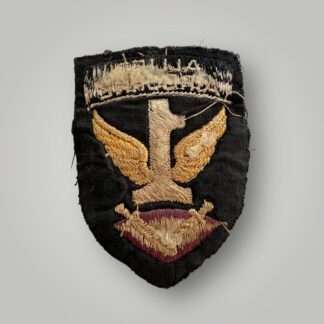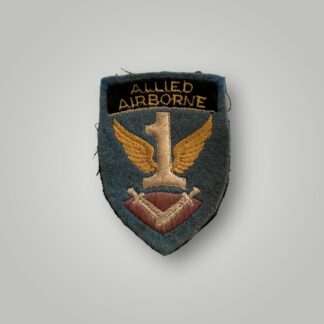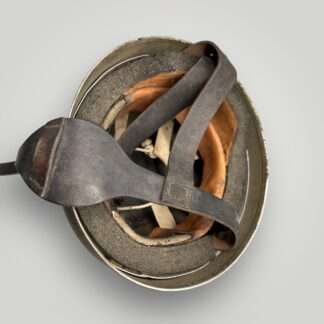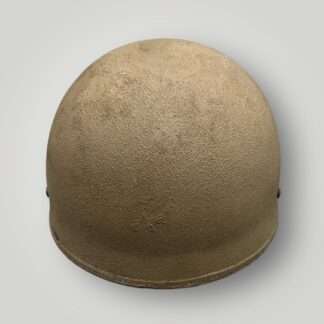Description
Pathfinders
A division Pathfinder School, led by Captain Frank Lillyman, was established in Nottingham, England prior to D-Day. Volunteers from various regiments and battalions within the division trained at this facility to master the techniques required to signal incoming formations of troop-carrying planes. They utilized radar, lights, smoke pots, ‘biscuit guns,’ and other signaling devices. The patches, originally produced in England, were worn on the lower left sleeve above any hash marks or overseas bars. These examples, constructed in typical British fashion, feature a cotton design embroidered on a blue wool base.
Any paratrooper who completed the training was eligible to wear this patch, regardless of whether they ever participated in a combat jump as a Pathfinder. Naturally, the trained signallers and associated Air Corps Troop Carrier crews donned these patches, as did security personnel. The security team, who did not undergo Pathfinder signaling training but parachuted ahead of the main invasion force to protect Pathfinders during their operations on enemy territory, were also authorized to wear the Pathfinder wing. These security personnel were selected from various rifle companies only a week before D-Day.
Hilary McKenna, who served as security for Team 1 of the 501st Normandy Pathfinders, provided the example illustrated on the left. The example on the right was provided by Harry Hendersin of B/506th, who completed the Pathfinder signaling training but never performed a combat jump in that capacity. However, Harry did participate in the Normandy and Holland jumps as a paratrooper infantry rifleman.
It is noteworthy that Hendersin’s wing has been trimmed closer to the wing and torch, resulting in a much narrower blue border. While the patch appears larger than McKenna’s, this is merely due to the manner in which the images were cropped and saved.





